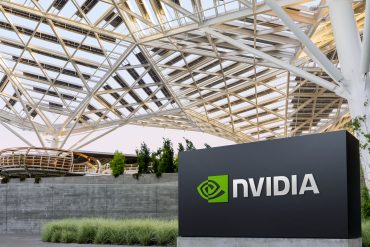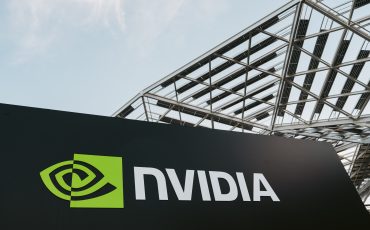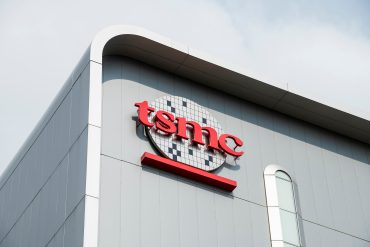
- Quantum & Chips
Nvidia Stock Surges 45% as AI Chip Demand Drives Recovery
3 minute read

Global AI Investment Surge and Regulatory Relief Power Nvidia’s Trillion-Dollar Market Cap Recovery
Key Facts
- Nvidia shares surged 45% in two months, recovering from a 31% decline earlier this year
- Company projects revenue to reach $111.3 billion in 2025, up from $26.97 billion in 2023
- Major tech companies plan over $300 billion in AI investments this year, driving Nvidia’s growth
Introduction
Nvidia’s remarkable stock recovery showcases the resilience of Wall Street’s leading AI chip manufacturer. After weathering a 31% decline due to tariff impacts, the company’s shares have rebounded 45% over two months, driven by strategic partnerships, regulatory relief, and robust demand for AI technologies.
Key Developments
The Commerce Department’s removal of the AI diffusion rule in mid-May marked a turning point, eliminating restrictions on Nvidia’s international chip sales. This policy shift coincided with a significant partnership with Humain, backed by Saudi Arabia’s Public Investment Fund, involving the purchase of 18,000 GB300 Frace Blackwell AI supercomputer chips.
First-quarter earnings exceeded expectations with revenue of $44.06 billion, surpassing projected figures of $43.32 billion. The company’s data center revenue demonstrated exceptional growth, increasing by 409% in 2023.
Market Impact
The stock’s recovery has added approximately $1 trillion to Nvidia’s market cap since April lows. Despite early-year challenges, particularly in China, the company maintains a 5% year-to-date gain. CEO Jensen Huang addressed previous export control challenges, noting their ultimate ineffectiveness in achieving intended goals.
The partnership with Saudi Arabia aligns with the country’s $600 billion investment pledge in U.S. sectors, including AI and infrastructure. This development has strengthened investor confidence in Nvidia’s global market position.
Strategic Insights
Nvidia’s dominance in AI chips remains crucial for powering large language models and generative AI applications. The company’s expansion into autonomous vehicles through its DRIVE platform and investments in edge computing demonstrate strategic diversification efforts.
The company’s strong free cash flow enables strategic acquisitions to enhance its technology stack and market reach, supporting sustained competitive advantage.
Expert Opinions and Data
CFRA Research analyst Angelo Zino projects continued strong expansion in data centers for at least two years. Market analysts note that while Nvidia’s P/E ratio of 46.14 is high, it’s expected to moderate as earnings growth continues.
Industry experts emphasize the significance of major tech companies’ AI investments, with firms like Meta Platforms, Microsoft, and Amazon leading substantial capital expenditure commitments. Apple’s planned $500 billion investment over four years further validates the sector’s growth trajectory.
Conclusion
Nvidia’s robust recovery reflects its strategic positioning in the AI chip market and successful navigation of regulatory challenges. The combination of strong earnings, strategic partnerships, and expanding market opportunities underscores the company’s fundamental strength in the evolving technology landscape.








